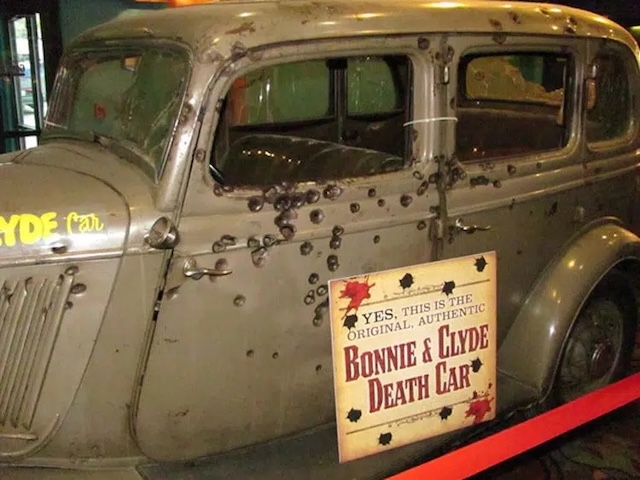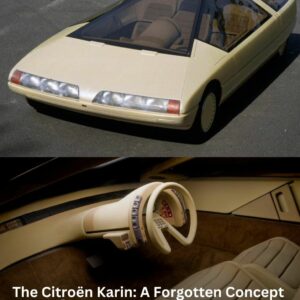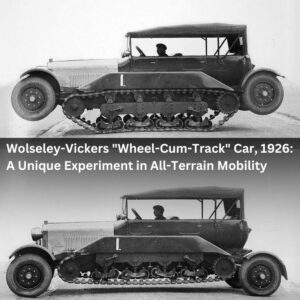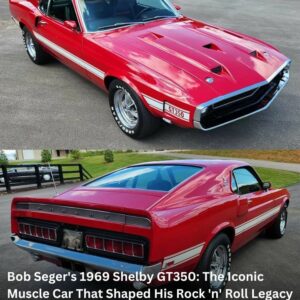In the annals of American history, few vehicles have become as infamous as the 1934 Ford V8, famously known as the “Death Car” used by Bonnie Parker and Clyde Barrow. This car was more than just a mode of transportation—it was a symbol of speed, innovation, and the rebellion of its era. For Bonnie and Clyde, the Ford V8 wasn’t just a getaway vehicle; it was a lifeline during their crime spree and a silent witness to their dramatic end.
The Rise of Bonnie and Clyde: Outlaws of the Great Depression
Bonnie and Clyde’s story unfolded against the backdrop of the Great Depression, a time of economic hardship that shaped their journey into criminal infamy. Clyde Barrow, born in Texas in 1909, grew up in poverty and became entangled in crime at a young age. Bonnie Parker, born a year later, was a creative and ambitious young woman whose love for adventure ultimately led her to Clyde.
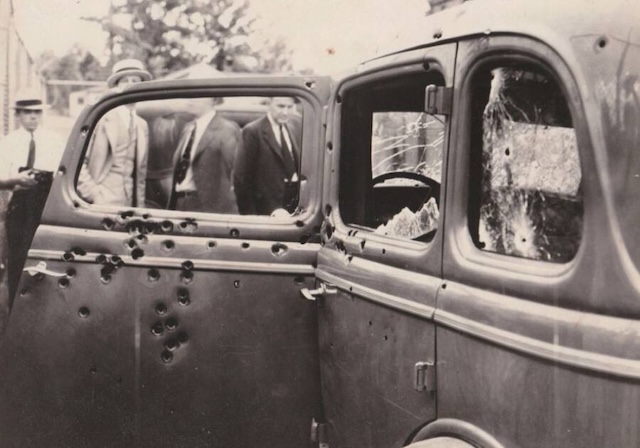
The duo’s crime spree began in 1932, spanning 21 months of robberies, murders, and daring escapes. Their exploits were both feared and admired, with some Americans viewing them as anti-establishment symbols in an era of financial despair. However, their actions were anything but noble, leaving a trail of death and destruction across the central United States.
Video:
Why the Ford V8?
Clyde Barrow had a particular admiration for the Ford V8, a revolutionary car introduced in 1932. Its flathead V8 engine provided exceptional power and speed, making it a game-changer in the automobile industry. For criminals like Clyde, the Ford V8 offered a significant advantage—it could easily outpace most police vehicles of the time.
So impressed was Clyde with the Ford V8’s performance that he penned a letter to Henry Ford in April 1934, expressing his appreciation:
“While I still have got breath in my lungs, I will tell you what a dandy car you make. I have drove Fords exclusively when I could get away with one. For sustained speed and freedom from trouble, the Ford has got every other car skinned.”
This glowing endorsement from one of America’s most wanted criminals underscored the car’s unique role in enabling their high-speed getaways.
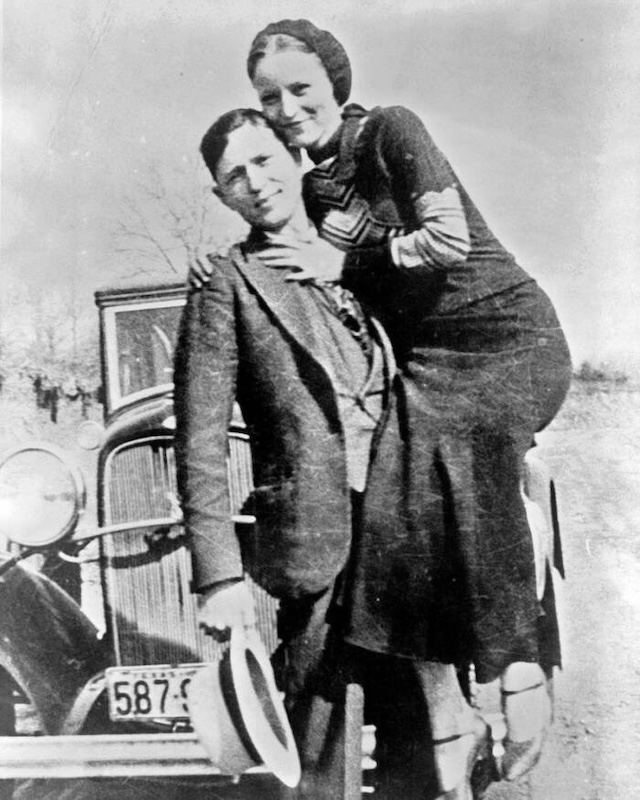
The 1934 Ford Model 40B Deluxe: Bonnie and Clyde’s Final Ride
The Ford V8 that would go down in history as the “Death Car” was a 1934 Model 40B Deluxe Fordor sedan. This particular car, with its leather seats and powerful engine, was stolen by Bonnie and Clyde from Jesse and Ruth Warren in Kansas. It became their constant companion during their final months, helping them evade capture repeatedly.
The vehicle’s reliability, combined with its ability to outrun police cars, made it an indispensable tool for their crime spree. It was no mere car; it was a calculated choice that reflected Clyde’s understanding of the technology of the time.
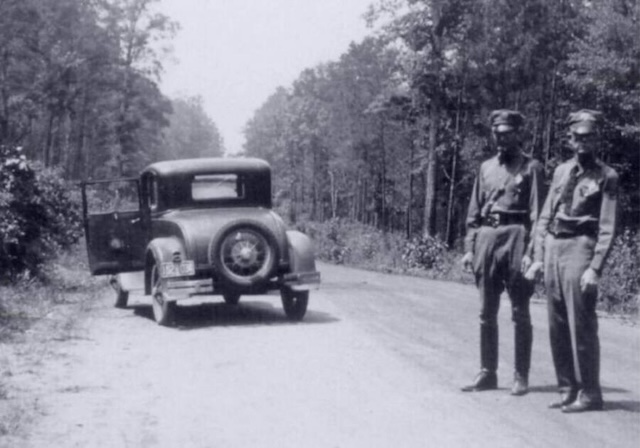
The Ambush: A Violent Finale
On May 23, 1934, Bonnie and Clyde met their end in Louisiana in a violent ambush orchestrated by law enforcement. Acting on a tip from a former gang member, a team of officers concealed themselves along a rural highway where the duo was expected to pass.
When their Ford V8 approached, officers opened fire without warning, unleashing a barrage of bullets. Clyde was killed instantly by a headshot, and Bonnie was fatally struck moments later. The car, riddled with nearly 120 bullet holes, became a chilling symbol of their violent demise.
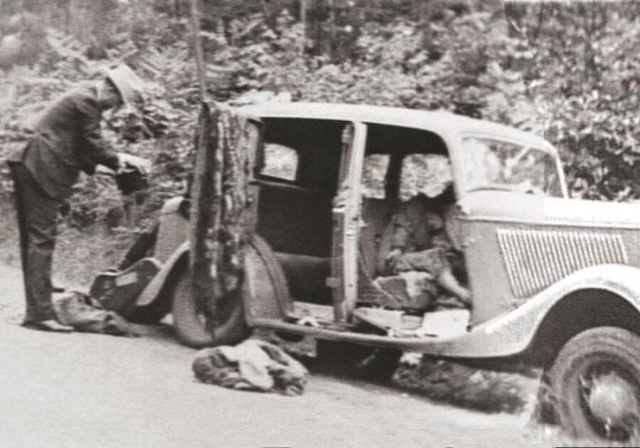
The Aftermath of the “Death Car”
Following the ambush, the bullet-ridden Ford V8 drew immediate public attention. Crowds gathered at the scene, many attempting to take fragments of the car or blood-stained items as grim souvenirs. The car’s gruesome condition only added to its infamy.
The vehicle was later returned to its original owners, the Warrens, who eventually sold it. Over the years, it became a traveling exhibit at fairs, carnivals, and museums, attracting thousands of curious spectators. The car’s legacy continued to grow, cementing its place in American cultural history.
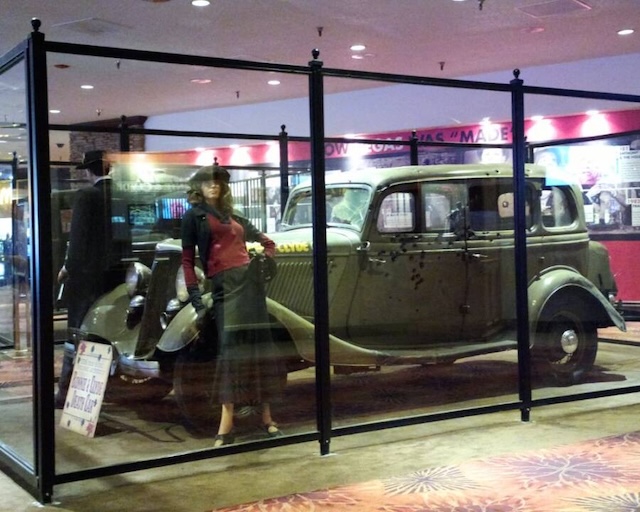
The Ford V8 Today: A Historical Relic
Today, the “Death Car” resides at Buffalo Bill’s Resort & Casino in Primm, Nevada. It remains unrestored, preserving the bullet holes and bloodstains that tell the story of Bonnie and Clyde’s final moments. Visitors can see the car alongside other relics, including Clyde’s torn and bloodied shirt.
While replicas and fakes of the “Death Car” exist, the original vehicle remains a powerful reminder of the real story. Its authenticity is backed by documentation, ensuring its place as one of the most infamous artifacts in American history.
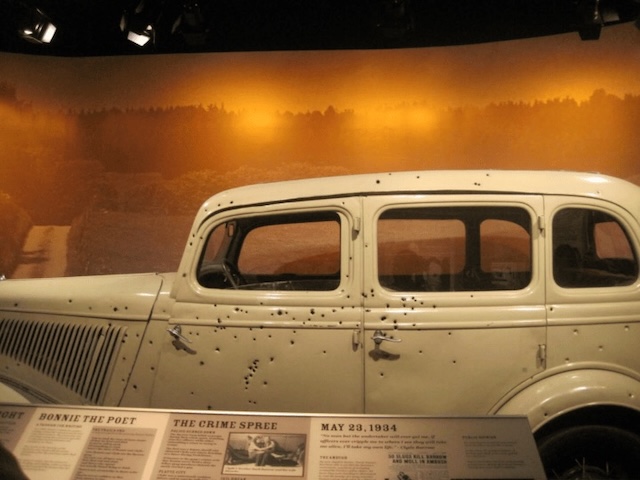
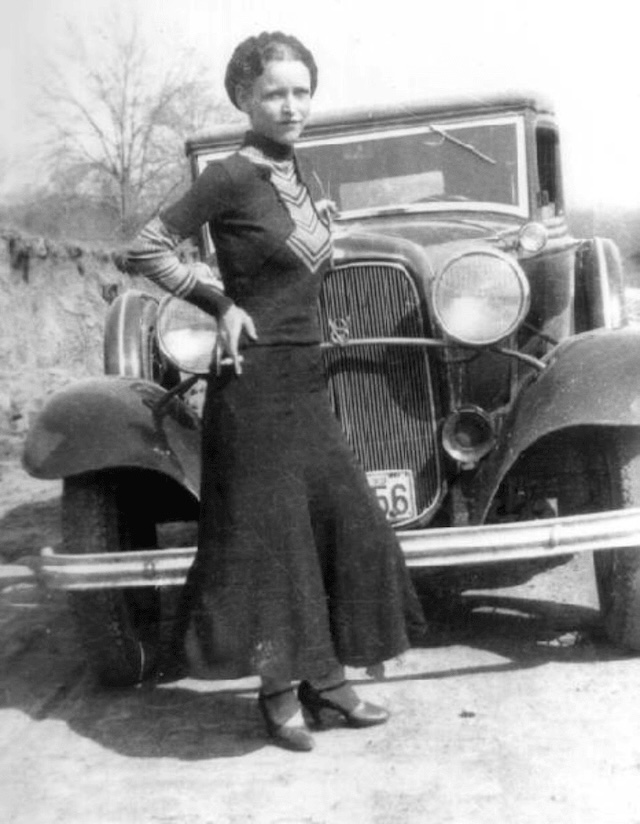
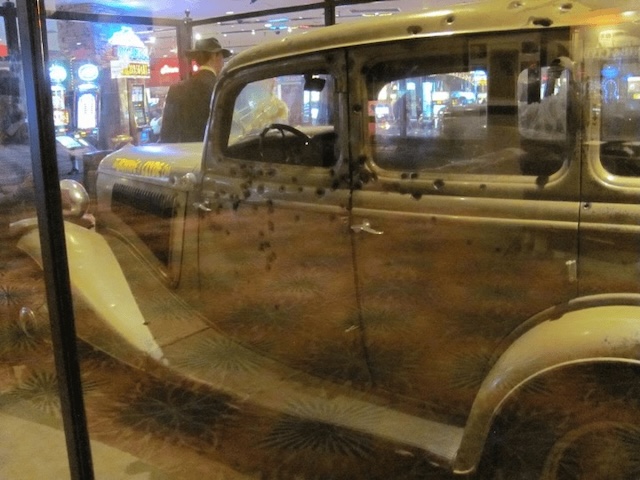
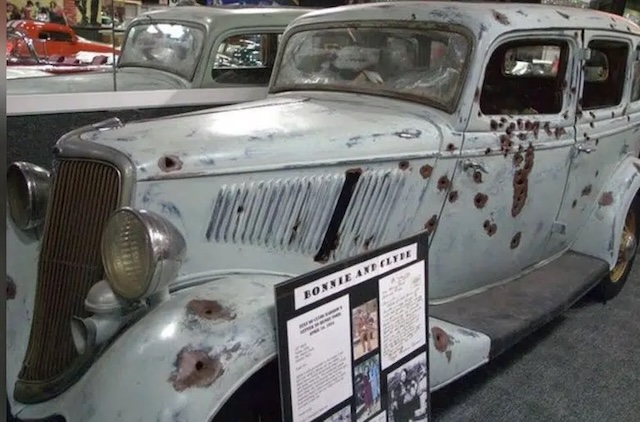
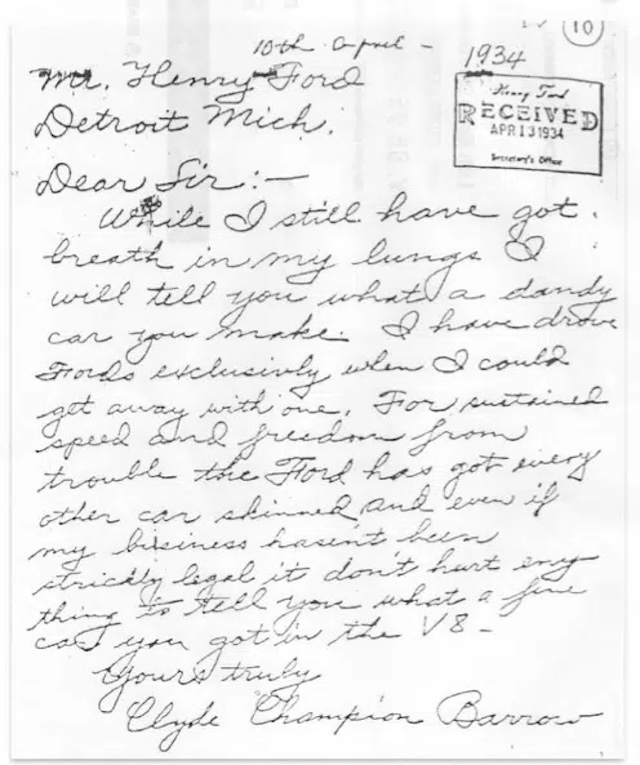
The Legacy of the Ford V8
The 1934 Ford V8 transcends its role as a mere getaway car. It represents a collision of innovation, desperation, and infamy. For Bonnie and Clyde, it was a symbol of their rebellion against society. For the public, it remains a link to a bygone era of crime, romance, and tragedy.
More than eight decades later, the Ford V8 continues to fascinate. Its sleek design and groundbreaking technology have secured its place in automotive history, while its connection to Bonnie and Clyde ensures its story will be told for generations to come.
In the end, the Ford V8 is more than just a car—it’s a cultural artifact, a reminder of how a single vehicle can drive not just a story, but an enduring legend.

